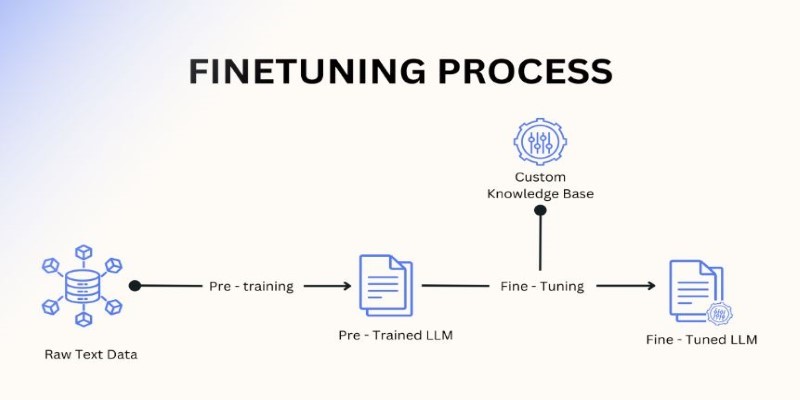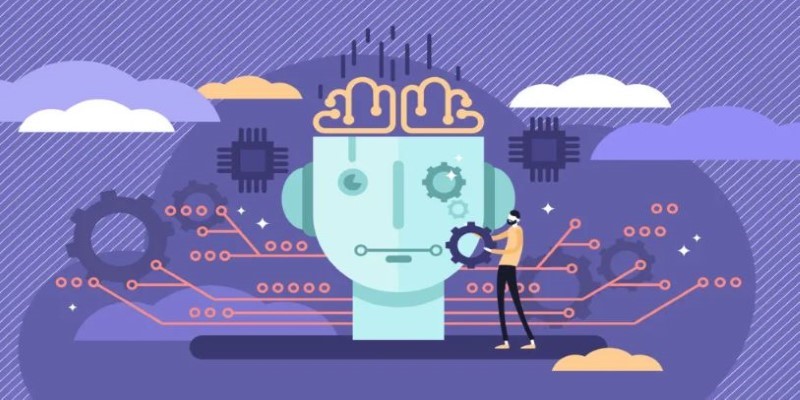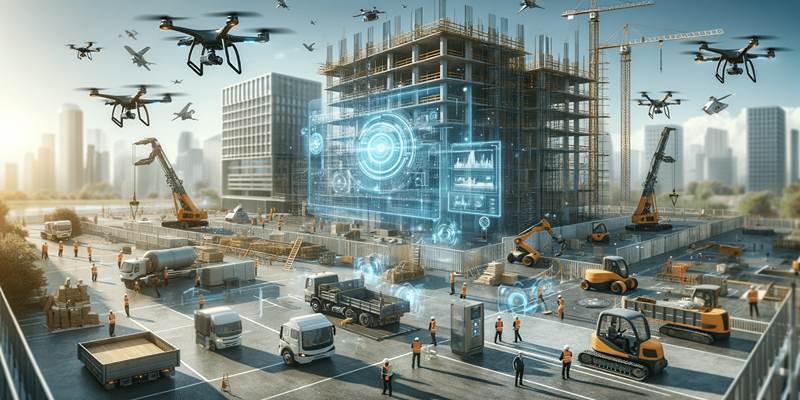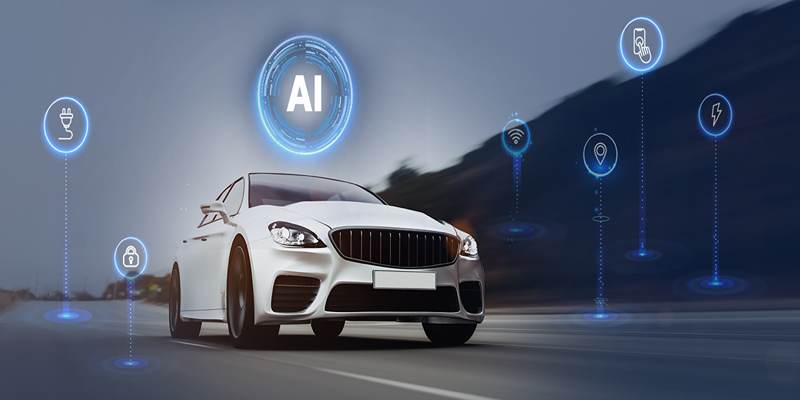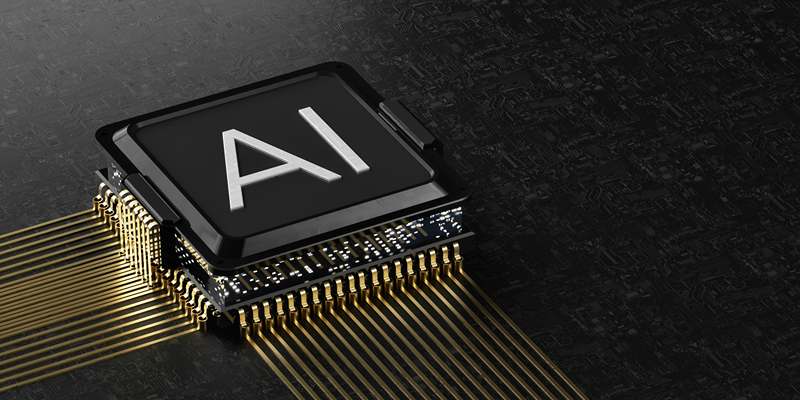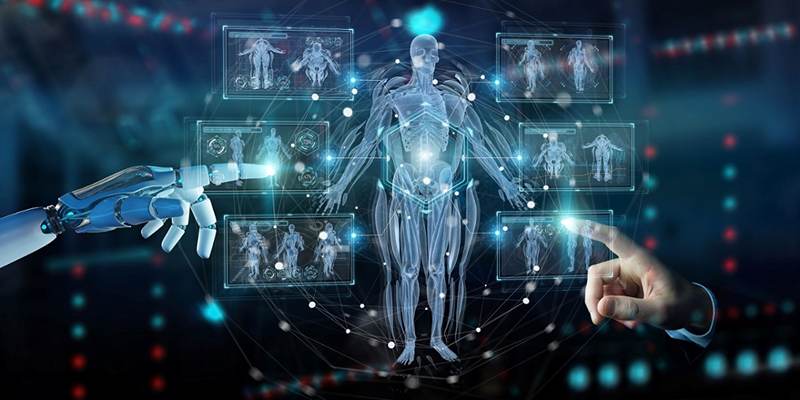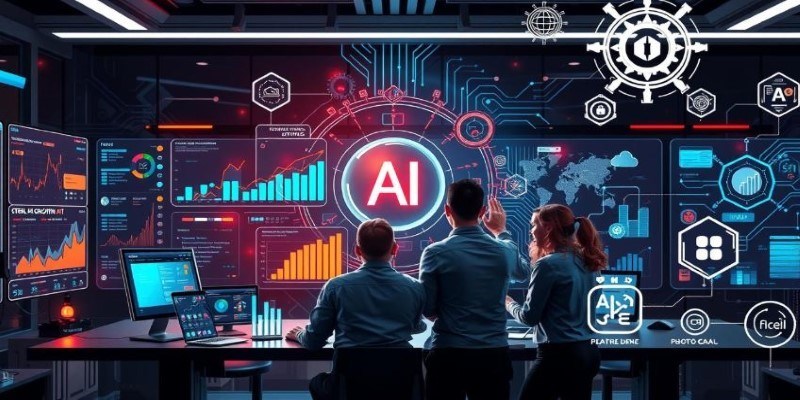Neural networks may seem like science fiction, but they power much of today’s technology. From voice assistants to self-driving cars, these systems operate behind the scenes, mimicking the human brain to recognize patterns, make decisions, and predict outcomes. They process data through interconnected layers, refining their accuracy over time. While the concept may sound complex, it’s built on mathematical and computational principles.
Neural networks power artificial intelligence, deep learning, and machine learning, defining healthcare, finance, and entertainment industries. What makes them work reveals the possibilities of intelligent technology's future and increasing presence in daily life.
How Do Neural Networks Work?
Neural networks behave in much the same way as the human brain, employing connected artificial neurons set in layers—an input layer, hidden layers, and an output layer. The neurons operate on data with mathematical functions, modifying weights and biases to refine accuracy with time.
The process begins with input data, such as text, images, or numbers. The input layer gets this data and passes it on to hidden layers, where computations are performed. These hidden layers process information, recognize patterns and draw useful features. The last output layer produces a result, be it identifying an object, predicting stock movement, or detecting spam emails.
Learning occurs through strengthening or weakening links between neurons. Training, as this process is referred to, involves exposing the network to vast amounts of data and adjusting its accuracy upon repeated exposure. One of the widely used training mechanisms is backpropagation, which helps infuse the error correction version into the model to optimize its predictions.
Once neural networks start learning and optimizing, they can better recognize patterns and give accurate answers; thus, these AI tools have begun moving toward applications in different industries.
Applications of Neural Networks
Neural networks have revolutionized artificial intelligence and have been used in various industries. Perhaps the most ubiquitous use is image and speech recognition. Technology such as facial recognition programs and voice assistants uses deep learning algorithms driven by neural networks to sort through vast amounts of data, identify patterns, and improve with each use.
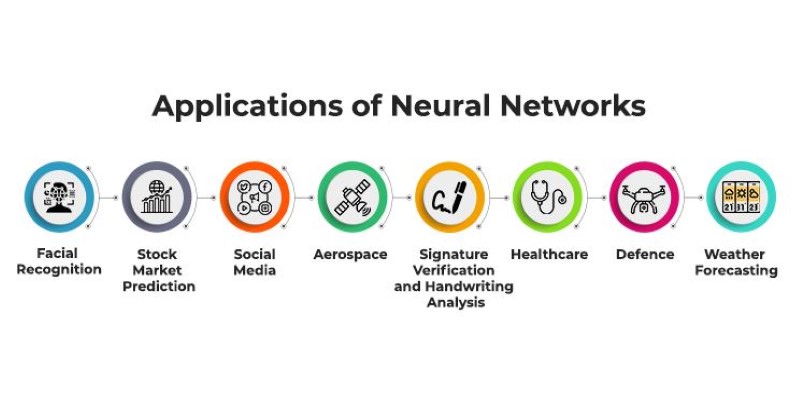
In healthcare, neural networks aid in diagnosing diseases, analyzing medical images, and predicting patient outcomes. AI-driven models can scan thousands of X-rays or MRIs, detecting abnormalities that human specialists might overlook. This technology enhances early diagnosis, leading to better treatment options.
Financial institutions utilize neural networks to identify fraudulent transactions, analyze market behavior, and assess risk. AI-powered fraud detection systems monitor spending habits in real-time, flagging suspicious activities before they cause harm. Likewise, investment firms use neural networks to forecast stock movements and refine trading strategies.
Self-driving cars depend on neural networks to interpret road conditions, recognize traffic signals, and navigate safely. By continuously learning from real-world data, these vehicles improve their decision-making, enhancing overall safety and efficiency. Without neural networks, autonomous driving technology would not be feasible.
Even the entertainment industry benefits from neural networks. Streaming services like Netflix and Spotify analyze user preferences to deliver personalized recommendations. By evaluating past viewing or listening habits, these systems suggest content tailored to individual tastes, making the user experience more engaging.
Challenges and Limitations
Despite their capabilities, neural networks are not without challenges. One of the biggest issues is the amount of data required to train them effectively. High-quality datasets are essential for accurate predictions, and gathering such data can be expensive and time-consuming. Additionally, neural networks require substantial computational power, making them costly to run.
Another challenge is the black box problem—a term used to describe the difficulty in understanding how a neural network arrives at a specific decision. Unlike traditional algorithms, which follow a clear set of rules, neural networks learn through complex layers of connections. This lack of transparency raises concerns, especially in fields like medicine and finance, where understanding decision-making processes is critical.
Bias in neural networks is also a concern. Since these models learn from existing data, any biases present in the training data can lead to unfair or incorrect outcomes. For example, an AI system trained on biased hiring data may favor certain candidates over others, reinforcing existing inequalities. Addressing bias requires careful data selection and ongoing monitoring.
Energy consumption is another limitation. Large neural networks, such as those used in deep learning applications, require significant computational resources, leading to high energy costs. Researchers are actively working on making these models more efficient to reduce their environmental impact.
Future of Neural Networks
Neural networks are evolving rapidly, with ongoing research focused on making them more efficient and accessible. One key advancement is neuromorphic computing, which designs chips to mimic the brain, allowing faster and more energy-efficient AI processing. Additionally, techniques like quantization and pruning optimize models by reducing unnecessary computations, making them more scalable.
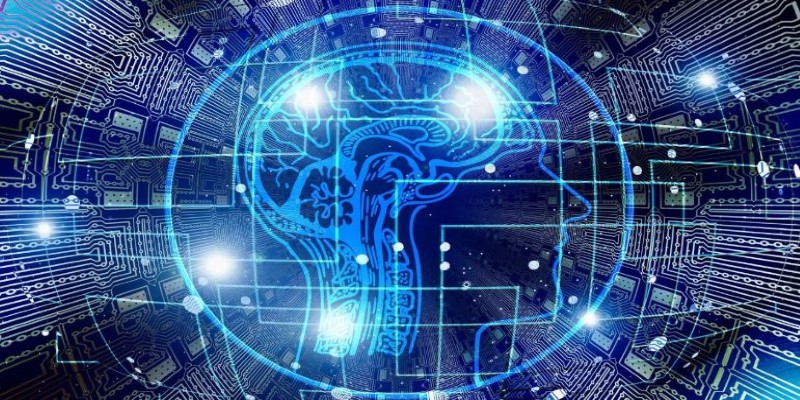
Another breakthrough is self-supervised learning, which enables AI to learn from unlabeled data, reducing the need for human intervention. This approach accelerates AI development, making neural networks more adaptable.
As these technologies improve, neural networks will power more advanced applications in medicine, automation, and real-time decision-making. Challenges like transparency, bias, and energy consumption remain, but ongoing innovations aim to address these issues. With continuous improvements, neural networks will play an even greater role in shaping the future of artificial intelligence, making it smarter, more efficient, and seamlessly integrated into daily life.
Conclusion
Neural networks are at the heart of artificial intelligence, enabling machines to recognize patterns, make predictions, and improve over time. Their impact spans industries, from healthcare and finance to self-driving cars and personalized recommendations. Despite challenges like data requirements, computational costs, and ethical concerns, their potential is undeniable. As technology advances, neural networks will continue to drive innovation, making AI smarter and more efficient. While the human brain inspires them, their capabilities extend beyond human limitations, offering new possibilities for problem-solving and automation. Their growing role in everyday life marks a significant shift in how technology evolves.

